Indoor plants can transform any space into a lush, vibrant environment. Certain varieties are especially well-suited for indoor living and easy enough for anyone to care for. Here are 12 indoor plant varieties that should be in every home.
Peace Lily
The peace lily is one of the most popular indoor plants for several good reasons. It requires very little light or water to thrive, so it’s perfect for beginners or anyone who tends to neglect plants. Peace lilies can tolerate low light conditions in any room of the house. They only need to be watered once the soil is partly dry, about once a week. These hardy plants flower frequently with pristine white blooms. Peace lilies filter toxins from indoor air and are listed by NASA among the best plants for purifying air quality. With minimal care, they will provide years of beauty and clean air.
See also the list of rare indoor plants in 2023
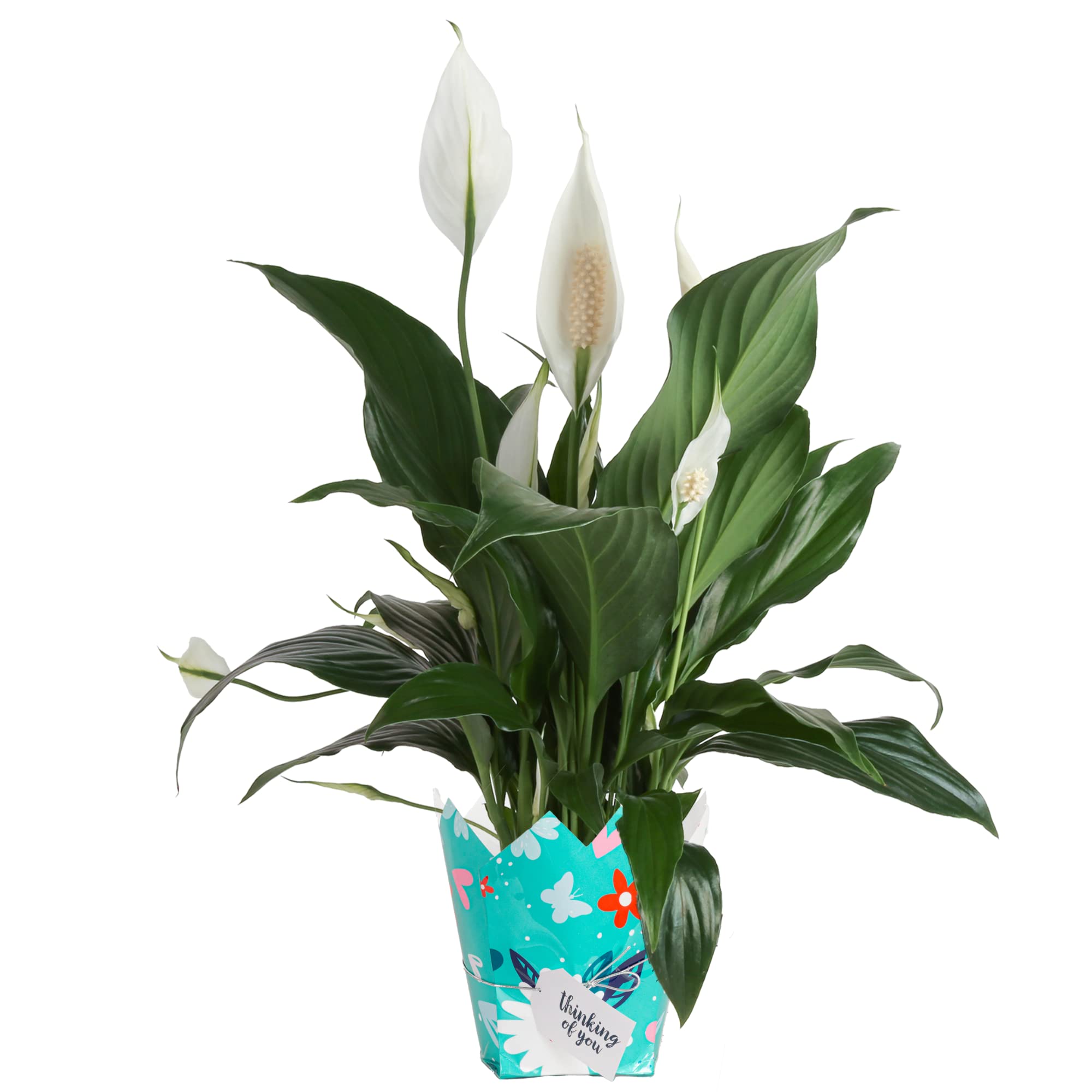
Pothos
Pothos, often called devil’s ivy or golden pothos, is a fast-growing vine with heart-shaped leaves. This tropical plant is extremely versatile and easy to grow. Pothos does well in bright or low-light spots. It can trail from a hanging basket or climb up a moss pole or trellis. The long flowing vines and bright green foliage add a natural touch to any decor. Pothos requires little maintenance besides occasional watering and pruning. It is an excellent choice for beginners who want a hardy plant that can handle benign neglect. The vines also help remove toxins from indoor air.
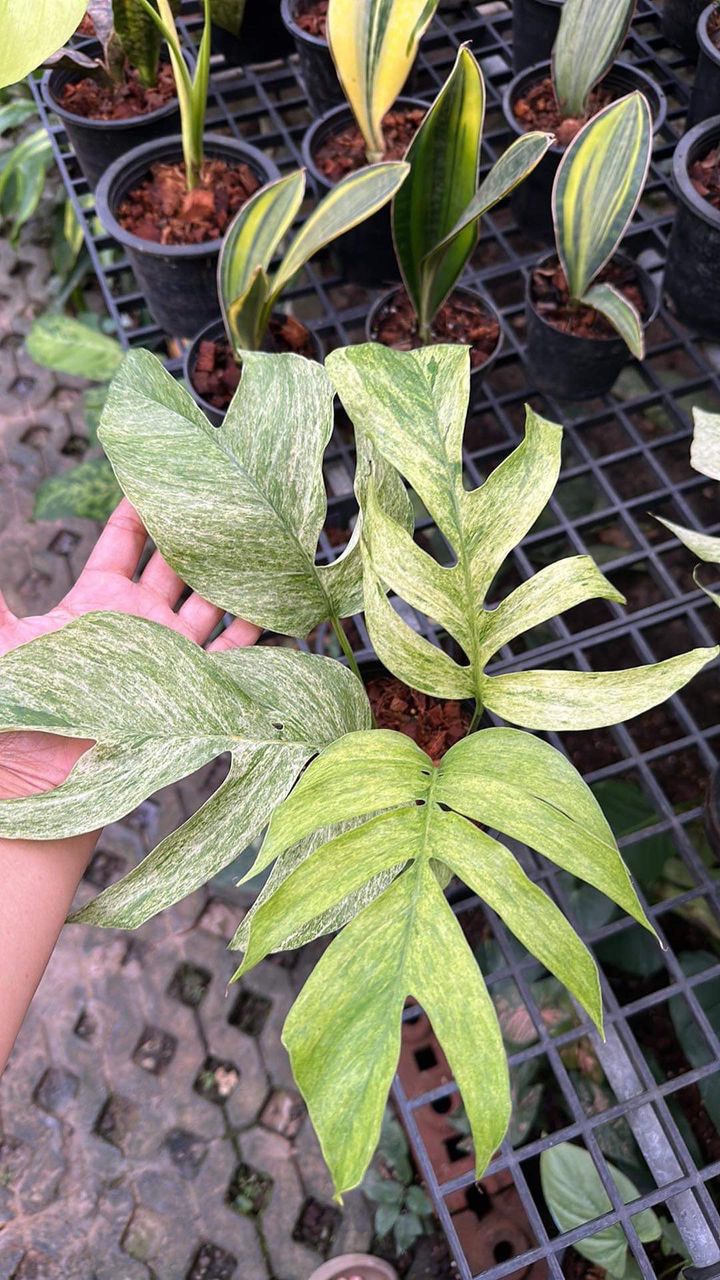
See more of our Pothos collection that you can’t miss.
Snake Plant
The architectural snake plant is a popular choice for modern interiors. Also called mother-in-law’s tongue, it has stiff, upright leaves with striped or solid green coloring. Snake plants thrive in most indoor conditions. They prefer bright light but can tolerate shady corners and infrequent watering. The succulent leaves hold moisture so the plants only need to be watered every couple weeks. Snake plants are easy to maintain at the right size by pruning the leaves back when they get too long. They help filter toxins from indoor air while adding structure with minimal care required.

See also the list of rare indoor tissue culture plants in 2023
ZZ Plant
ZZ plants are cherished for their easygoing nature and unique appearance. The stems hold thick, waxy green leaves that look like succulents but are not. ZZ plants grow well in bright or dim lighting conditions. They only need infrequent watering since the leaves hold moisture well. Too much water can cause root rot. Allow the soil to dry out between watering for the healthiest ZZ plants. These sturdy plants are so easy to grow that they rarely need repotting or special care. The graceful ZZ foliage purifies indoor air while tolerating occasional neglect.
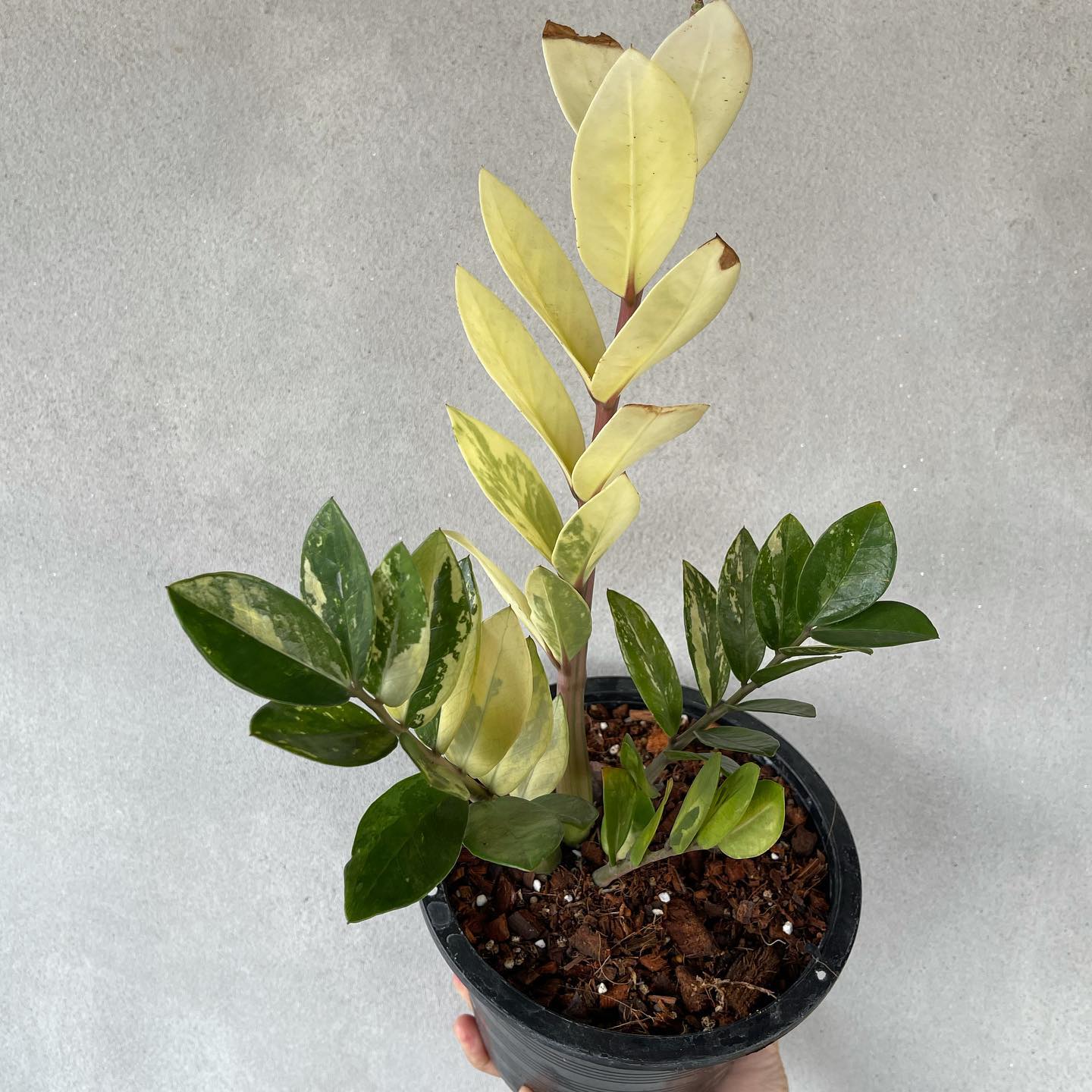
Monstera Deliciosa
The monstera deliciosa, also called Swiss cheese plant, is a popular choice for adding tropical style to indoor spaces. This plant has large, showy leaves with signature holes and splits. The leaves unfurl from holes in the stems, creating an intriguing display. Monsteras enjoy bright, indirect light with plenty of humidity. The soil should be allowed to partly dry between waterings. A moss pole encourages the vines to climb vertically to show off the striking leaves. Pruning is recommended occasionally to control size. When cared for properly, monsteras grow quickly and add a dramatic look with their uniquely holey leaves.

See more of our Monstera variagata collection that you can’t miss.
Philodendron
Philodendrons encompass many varieties perfect for beginners. Heartleaf philodendron has trailing vines with dark green, heart-shaped leaves. It thrives in low to bright light and tolerates irregular watering with ease. Other varieties like Brasil philodendron add a pop of color with variegated leaves. Philodendrons are natural climbers that look stunning in hanging baskets or trained onto a trellis. They help remove pollutants from indoor air and require little specialized care. Trimming back wayward vines periodically helps keep philodendrons looking their best. For an easy-care plant that filters air, philodendron is an excellent choice.
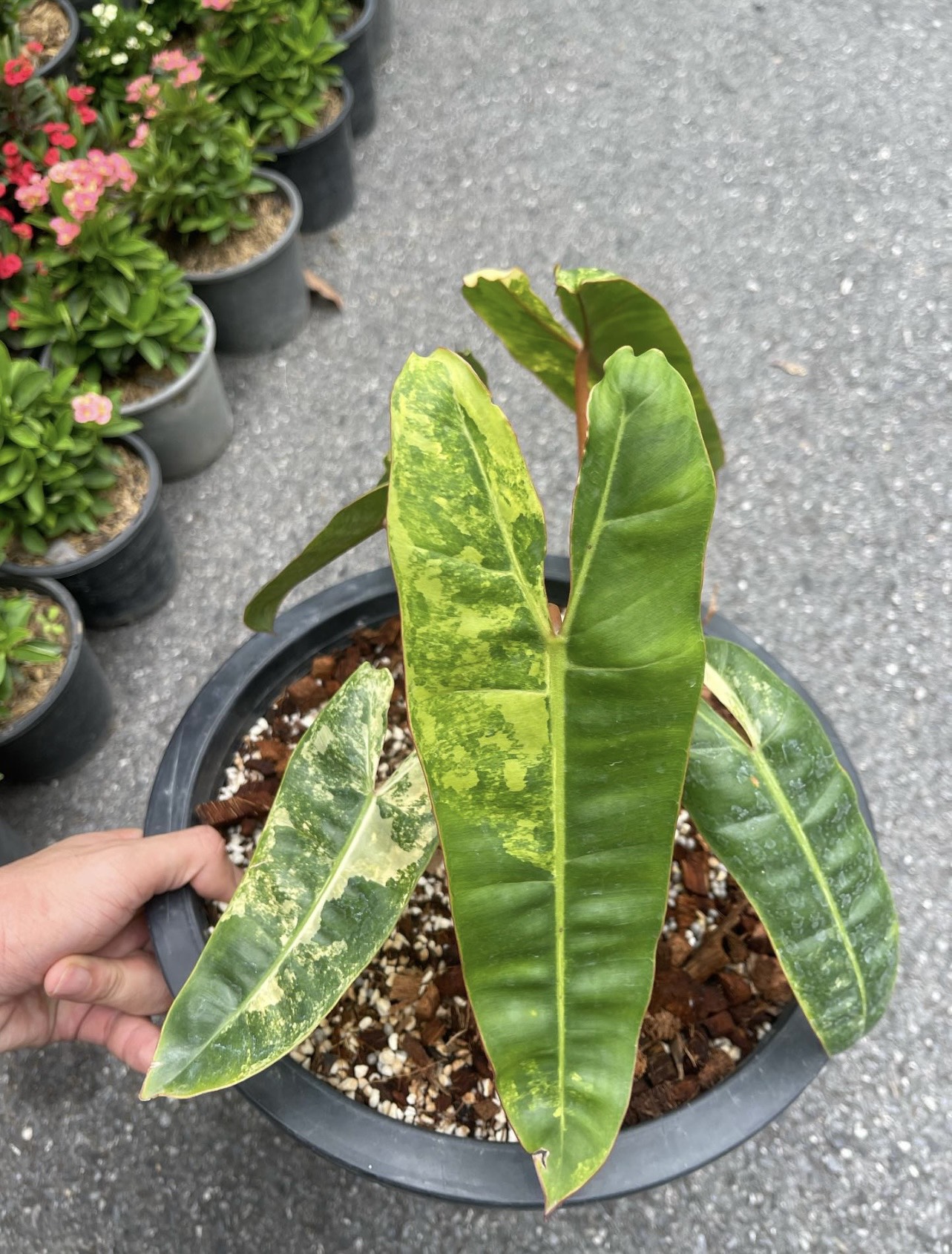
Explore the most sought-after philodendron collection of 2023.
Succulents
Succulents like aloe, echeveria, jade plants and more are gaining popularity for indoor spaces. These plants store water in their thick, fleshy leaves and stems. This makes them extremely drought resistant and able to survive benign neglect. Succulents thrive in sunny windowsills and require very little watering or pruning. Overwatering is a bigger concern and can lead to rot. Allow the soil to dry completely between waterings. Succulents come in a huge range of shapes, colors and textures to mix and match. Their minimal needs make them ideal for beginners and anyone with limited time for plant care.
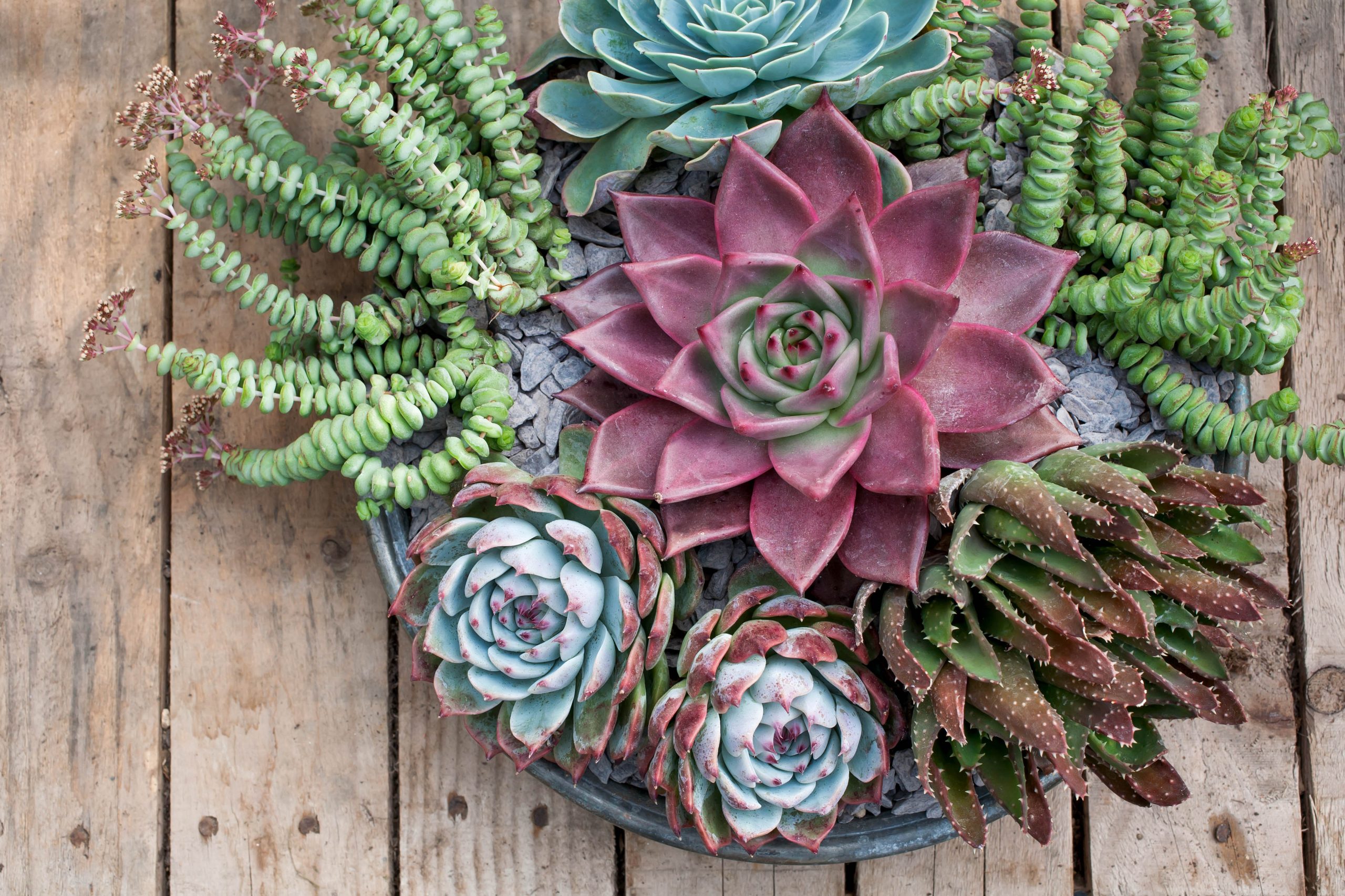
Air Plants
Air plants, or Tillandsias, are a unique variety of plant that gets moisture and nutrients from the air rather than soil. They have silver-green, elongated leaves that spread like tentacles. Air plants do not require potting; they can be displayed in glass globes, seashells, hanging frames or any container. Occasional watering and misting is all they need to survive. Soak the plants for a couple hours once or twice a week. Air plants add easy, natural greenery in any room without maintenance beyond the occasional soak. They help purify indoor air without the need for pots, soil or frequent care.

English Ivy
English ivy features trailing vines covered in flat, waxy leaves. This popular indoor plant grows well in medium to bright light. English ivy prefers average room humidity and moist soil that drains well after watering. The vines can grow quite long but are easily redirected to climb walls, trellises or other supports. Trimming helps keep growth under control. In addition to a showy display of vines, English ivy removes airborne toxins like formaldehyde from indoor environments. With proper care, the lush green foliage will decorate your home for years to come.
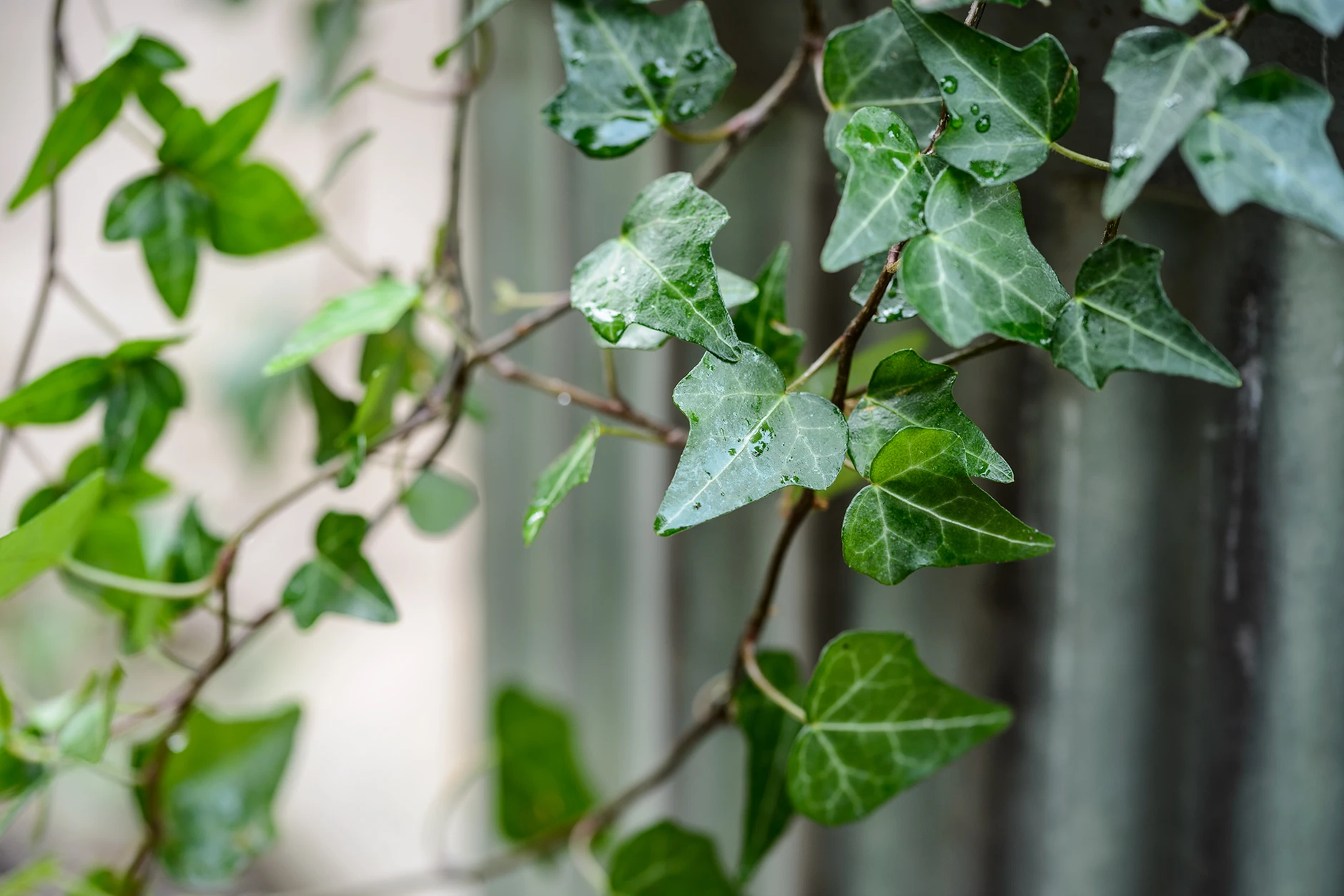
Spider Plant
Spider plants are known for their air-purifying abilities and cascading foliage. The long, thin leaves form a sprawling mound that extends into many dangling plantlets. The fast-growing runners can be trimmed back or transferred into new pots for propagation. Spider plants thrive in bright, indirect light and average room humidity. Allow the soil to partially dry between waterings to avoid root rot. These resilient plants tolerate occasional droughts well. For an easy care plant that helps clean indoor air, spider plants are an excellent choice.
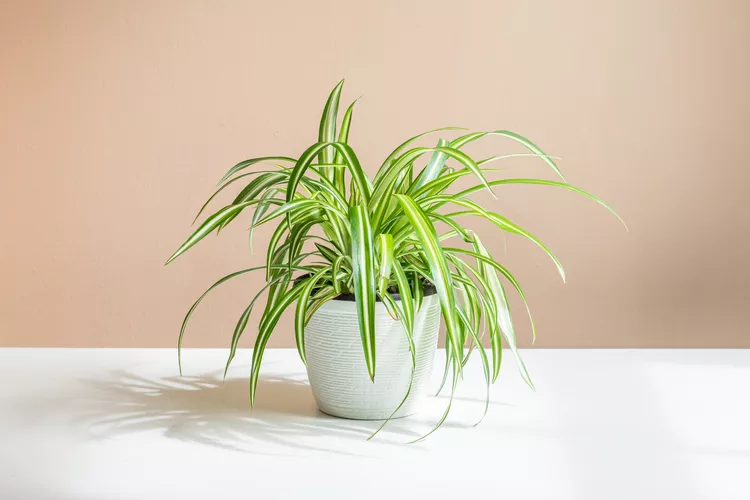
Jade Plant
Jade plants are a popular succulent known for their thick, rounded leaves and sturdy stems. The fleshy leaves grow in pairs along the branches. Jade plants prefer several hours of direct sunlight each day and require minimal watering. Allow the soil to go completely dry before watering again. Overwatering can easily damage the roots. Jade plants are slow growing but can live for decades with proper care. Their compact size and tolerance for droughts make them an easy indoor plant for windowsills. The thick leaves and stems hold moisture to sustain the plant.

Aloe Vera
Aloe vera is grown both for its air purifying properties and therapeutic gel. The succulent leaves are thick and pointed with serrated edges. Inside is a clear gel used to relieve burns, wounds and skin irritation. Aloe prefers bright, indirect light with minimal watering. Allow the soil to completely dry before watering again. The succulent leaves hold plenty of moisture. Aloe is easy to propagate by removing an offset from the base of the plant. With proper care, aloe plants will produce clean air and homegrown gel for many years.
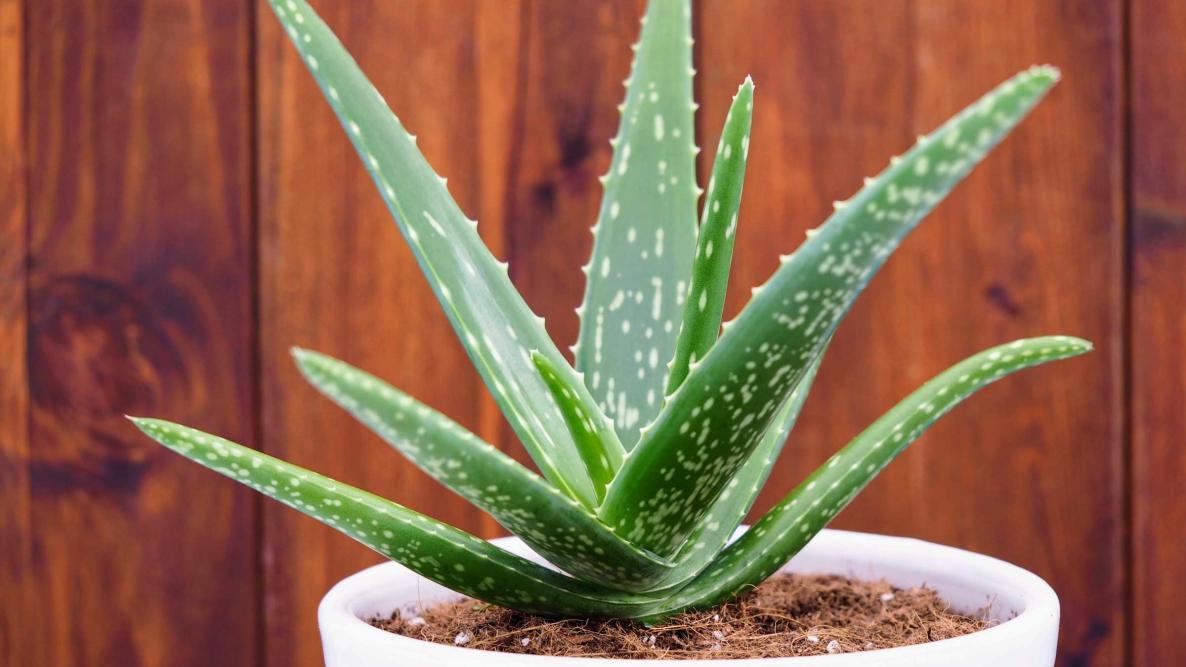
Cast Iron Plant
The cast iron plant has earned its name for being virtually indestructible. This easygoing plant has long, wide leaves that emerge from the soil like cornstalks. Cast iron plants thrive in low to bright indirect light and do well under fluorescent office lighting. They prefer dry soil and high humidity but tolerate a wide range of conditions. Cast iron plants are very slow growing and only reach about 2 feet high. An occasional prune of old foliage keeps them looking their best. This hardy plant is recommended for beginners or anyone seeking a sturdy, resilient indoor plant.
With the right varieties like these 12 options, caring for indoor plants is simple. Adaptable, low-maintenance plants can thrive in any home while purifying air and creating a more positive indoor environment. Choose plants suited for your space and skill level, and you will enjoy their tranquil beauty for years to come.
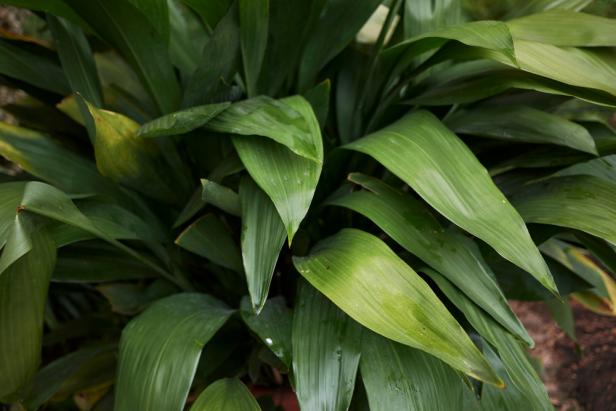
Where to buy Indoor plants? Benefits from importing plants from Thailand
- Shipping: Door to door shipping, fast and safe with Dragon Courier
- Biodiversity: Thailand is known for its rich biodiversity, including a wide variety of aroid species. This diversity allows importers to access a broad range of unique and exotic aroid plants.
- Quality and Health of Plants: The suitable climate helps the plants grown here stay healthy and of high quality.
- Cost-Effectiveness: Due to favorable growing conditions and efficient production methods, Thai aroid plants can often be more cost-effective compared to those from other countries.
- Access to Hybrid Varieties: Thai growers are often involved in the development of new hybrid aroid varieties, offering unique plants that may not be available from other sources.
Indoor plants species are the most sought after by aroid plant lovers
Conclusion
Indoor plants are a great way to add life and beauty to your home. They can also improve air quality, reduce stress, and boost your mood.
The 12 plants listed in this article are all excellent choices for indoor growing. They are easy to care for, tolerant of a variety of conditions, and come in a variety of sizes and shapes to suit any space.
If you are looking for a way to add some greenery to your home, consider one of these plants. You won’t be disappointed.
Here are a few additional tips for choosing and caring for indoor plants:
- Consider your lifestyle and environment when choosing plants. Some plants require more sunlight or water than others.
- Do your research to learn about the specific needs of the plants you choose.
- Start with a few plants and gradually add more as you gain experience.
- Be patient and consistent with your care. With a little love and attention, your indoor plants will thrive.

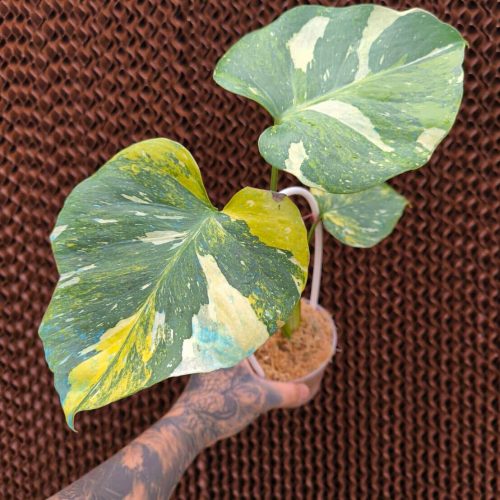











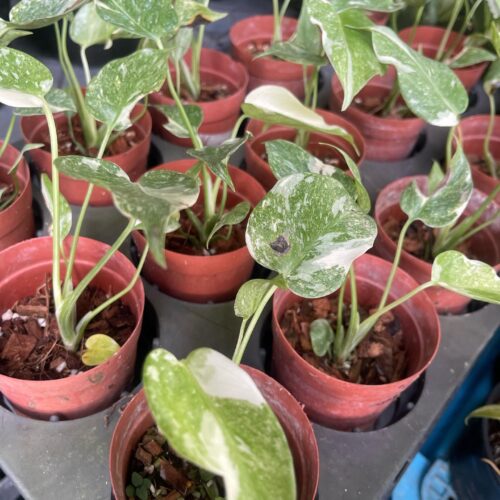
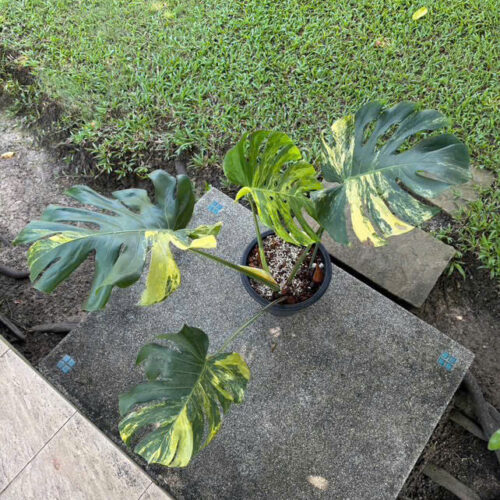





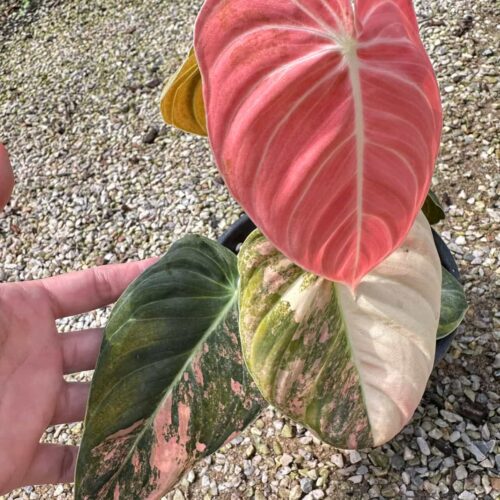

Thanks such great advice,I love having plants i have a lot of them always wanting more to,
I absolutely love this article.. I’ve got to s of plants but I’m lacking in a few from your list… I NEED a Jade and never heard of cast iron…that’s my something I learned today!
Thanks & keep growing
I can’t wait to put the finishing touches on my home.